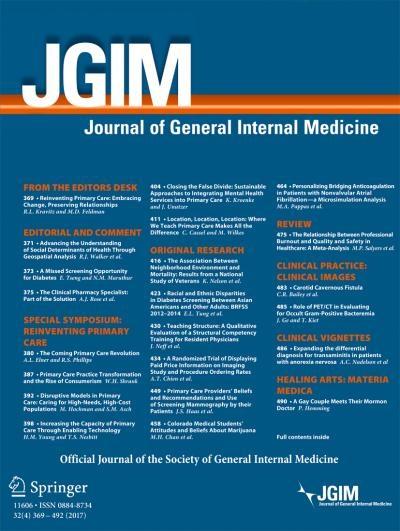To improve the quality and value of care and target interventions most effectively, it is important to understand the distinction between individuals with complex health and social needs who have persistent preventable utilization and those with high costs. This study identified and compared these two populations within a large sample of over 500,000 Medicare fee-for-service and dual-eligible patients from New York City over a two-year period.
Approximately five percent of Medicare patients had preventable utilization, and this group accounted for over 13 percent of total health costs, and over 46 percent of all preventable costs. Patients identified as having persistent preventable utilization had lower median health care costs than the high-cost patient group, but their median preventable costs were seven times higher than the amount for high-cost patients. Nearly two percent of patients could be categorized as both high-cost and having persistent preventable utilization, and this group had the highest median total costs as well as preventable costs.
These findings may help payers and health system leaders determine resource allocation and target interventions to these unique patient groups. Notably, most of the patients identified as having persistent preventable utilization would not be categorized in traditional definitions of high-cost patients. These findings may support accountable care organizations and health systems to reduce preventable spending by targeting a select number of patients with persistent preventable utilization.




